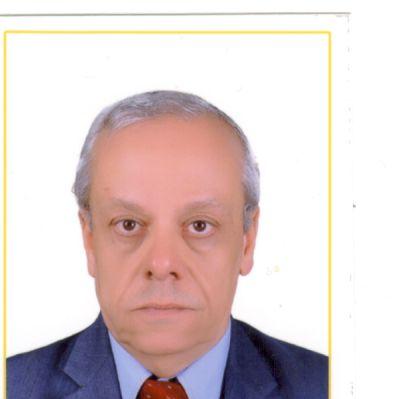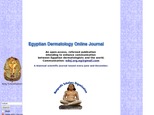This is an observational descriptive study conducted upon three primary school pupils in Sohag Governorate. The idea was to estimate the incidence and the epidemiological factors related to Pediculosis capitis infestation amongst the selected population. It has been found that the infestation affected about 16 % of the whole group. Rural pupils were more frequently, albeit insignificantly, infested (17.44 versus 14.88 %, p>0.05). Pupils older than 10 years had a significantly higher risk to be infested when compared to younger ones (R.R.: 1.57, range from 1.52 to2.0, O.R.: 1.72, P: 0.0004). Girls were more than two times affected than boys. Low socioeconomic classes were significantly more affected (p:0.002). Pupils belonging to bigger families (5 + members) had 2.5 times the risk to be infested compared to those coming from smaller ones. Frequent hair washing was associated with a lower infestation rate, while co-sleeping increased the chance of infestation. Pupils with dark colored and medium length hair had a higher risk of infestation besides a higher chance of this infestation to be of grade 2 . Severity of infestation was also studied against several variables. Associated clinical manifestations included fever (25.3%), scalp pruritus (58.9%), alopecia (22%), impetigo (38%), enlarged tender cervical lymph nodes (66.7%) and conjunctivitis (8%).


